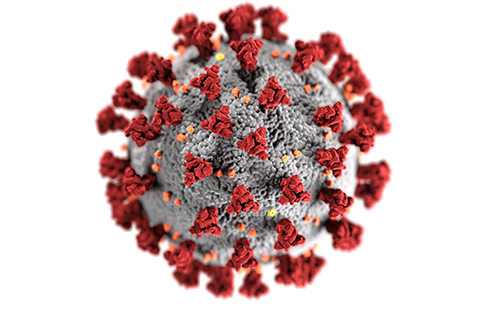
Researchers from Western Sydney University have joined the global race to better understand COVID-19, with new research proposing how a SARS CoV-2 protein (Nsp9), vital in the virus' life cycle, is supporting the replicating process.
Published in PROTEINS: structure, function and bioinformation, the research reveals a distinct binding interface for both ssDNA and RNA – key proteins in COVID-19 which work to enable replication of the virus in host cells.
According to co-lead researcher Dr Roland Gamsjaeger from the School of Science, this finding is an exciting step in further understanding COVID-19.
"Understanding the complex RNA synthesis machinery of the virus is crucial in the development of therapeutic strategies against COVID-19 and other related coronaviruses.
"Replication of the viral genome is a fundamental step in the virus life cycle and SARS-CoV-2 non-structural protein 9 (Nsp9) is shown to be essential for virus replication through its ability to bind RNA in the closely related SARS-CoV-1 strain," said Dr Gamjeager.
The research – led by Western Sydney University PhD students Serene El-Kamand and Mar-Dean Du Plessis as first authors – utilised nuclear magnetic resonance spectroscopy (NMR) in combination with surface biolayer interferometry (BLI) to reveal a distinct binding interface for both ssDNA and RNA that is different to the one proposed in the recently solved SARSCoV-2 replication and transcription complex (RTC) structure.
"While Our study resolves some of the ambiguities around the exact location of RNA binding within Nsp9, however, further studies will be required to shed light onto these important processes given the urgent need to develop new therapeutic strategies against COVID-19," said Dr Gamsjaeger.






